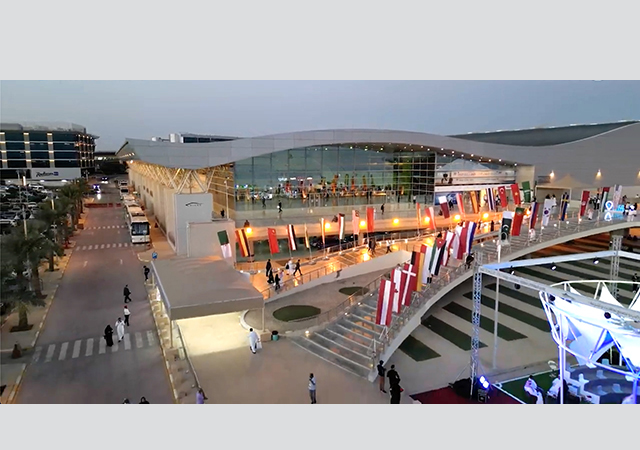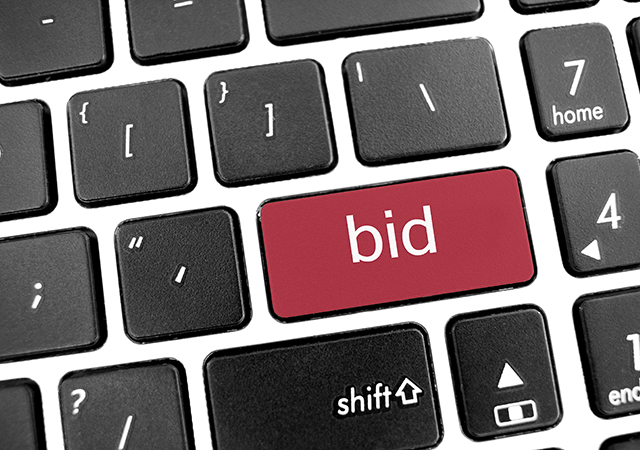 All rooms are aligned along the core walls to ensure they receive the maximum amount of natural light whilst maximising views.
All rooms are aligned along the core walls to ensure they receive the maximum amount of natural light whilst maximising views.
SAY Studio, a Dubai-based design and architectural consultancy, along with its sustainability partner Cundall Johnston& Partners recently completed what it claims to be the only commercial space across the Middle East and Europe to receive the health and safety seal from the International WELL Building Institute (IWBI), the global authority on healthy buildings.
The space, located at Emaar Square in Dubai, UAE, is also awaiting confirmation of a Platinum grade WELL certification.
The project, worth more than Dh100 million ($27.2 million), was carried out for a leading professional service network company with offices in 157 countries and employing more than 276,000 people. Designers at SAY Studio were tasked with undertaking the design of the 16,000-sq-m Middle East headquarters under the theme “office of the future”.
 |
|
The staircase ... a highlight of the project. |
Members of the team have previously worked with clients such as Dubai Electricity and Water Authority (Dewa) on its net zero footprint office space, Adidas’ award-winning wellness headquarters and big names in the technology space such as Facebook, LinkedIn and Google, so its designers were well positioned to tackle the challenges of such projects, according to SAY Studio.
“The new headquarters is a six-storey building applying for WELL Silver but will likely qualify for Platinum,” Matthew Sexton, Managing Director at SAY Studio, tells Gulf Construction. “With the opportunity of designing the interiors of the whole building, it was important to first understand the client’s project ambitions.”
Led by the core philosophy to ‘be well, work well’, the client believes in creating an environment where their people are encouraged to bring their best selves to work and are supported in achieving greater wellbeing by fuelling themselves across four dimensions of energy – physical, emotional, mental and spiritual, he says.
“The firm is committed to healthy behaviour and as such, its leadership team embraced the introduction of the WELL Building Standard into the design. This performance-based system measures, certifies and monitors features of the built environment that directly impact human health and wellbeing and has proven to have a direct correlation to employee performance, happiness and retention,” he explains.
 |
|
The Base floor is inspired by South America. |
The client’s ambition was to create a future working environment that would become an exceptional destination workplace through the use of technology and a staff community to unite and connect, explains Laila Al Yousuf, Design Director at SAY Studio.
“The overall design concept for the project was to represent the client’s global presence. We achieved this by designing each of the floors with subtle references back to different pivotal locations. The objectives were twofold, to maximise productivity and staff wellness, and more specifically staff health and safety, which has globally come under scrutiny since Covid-19 hit and is now an element of WELL accreditation. WELL projects are required to meet certain, high-level criteria across a broad spectrum of categories and this project required an in-depth understanding of both the built environment, and the operational requirements in order to accomplish this,” she adds.
The WELL Building Standard targets design elements related to human health and wellbeing through air, water, nourishment, light, fitness, comfort and mind.
The commercial space features key spaces such as a large outdoor working and events space on the roof, an innovation centre, a theatre, a large wellness room and many other staff facilities. A feature is a staircase that connects the ground floor to the first floor, also known as “The Base”, where all staff amenities and central functions are co-located. Signs on each floor as well as custom artwork relating to the design concept on each floor encourage staff to use the stairs.
The entrance zone on each floor is a shared work space to enhance company culture and build bonds. All rooms are also aligned along the core walls to ensure they receive the maximum amount of natural light whilst maximising views.
 |
|
The new offices are located at Emaar Square. |
The wellness room has timber-planked walls, reminiscent of a spa, and suspended plants from a timber beam ceiling to create a sanctuary in the office where staff can relax.
Elaborating on the design of the office, Al-Yousuf says: “Inspired by the diversity of the UAE, with the Dubai office having over 100 different nationalities, the design aspires to capture the essence of a continent on each floor. This is done through colours, patterns, textures as well as branding walls which locate the client’s offices across the continents.
“The ground floor draws inspiration from the Arab countries, particularly through the patterns in the mesh panels that modernise the mashrabiya concept, the shapes in the feature ceilings relating to Islamic patterns, or the colours drawn from the natural landscapes.
“’The Base’ floor is inspired by South America – through the use of a custom-printed tile street art that is inspired by the flora and fauna of the continent, and the black and white patterning of the feature wall draws inspiration from the sidewalk patterns of Brazil. The colours used on this floor are the shades of green from the rainforest, while the blues and yellows relate to wildlife.
“Each of the typical floors has a work together space that relates to the colours and patterns of the continent of the floor – whether it is cherry blossoms in Asia, or the patterns of the London underground in Europe.”
 |
|
Each of the floors has subtle references back to different pivotal locations. |
The new office embraces the concept of the office of the future incorporating advanced technologies and new ways of working. Staff arriving onto each floor are welcomed with a digital screen which identifies all available spaces on the floor for working or meeting. All meeting rooms use smart technology to identify which rooms are available and what technology the room supports. Smartboards such as the Google Jamboard seamlessly link staff to technology, which can be shared with people in the room or remotely via videoconference. Sensors throughout the area not only identify available spaces, but also help encourage the efficiencies of the building by reducing lighting and power when not in use.
This office of the future also embraces the fact that the concept of a desk as a one-stop solution is an outdated concept. The desks that do exist on the floor are all sit to stand, but there are also six other working scenarios from study bay booths, to phonebooths, to communal work tables and at least four different types of meeting rooms.
Custom art pieces are used heavily throughout the building – primarily at entrances and shared spaces. In more staff-specific areas, branding incorporating stylised maps from each of the different office locations is used to celebrate the internationalism of the firm.
Planting is used across the entire project in multiple formats, on ceilings, walls and potted plants, with the type of plant selected based on the continent that each floor draws inspiration from. A community garden is located on the roof, to allow staff to plant together.
Work on the project began in March 2019 and took 19 months to complete, Al-Yousuf states.


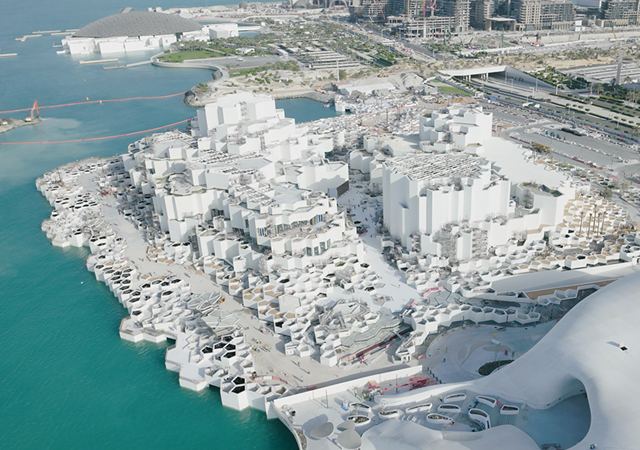


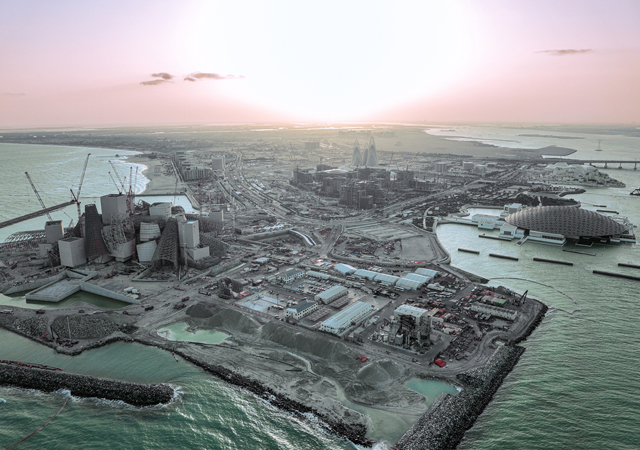

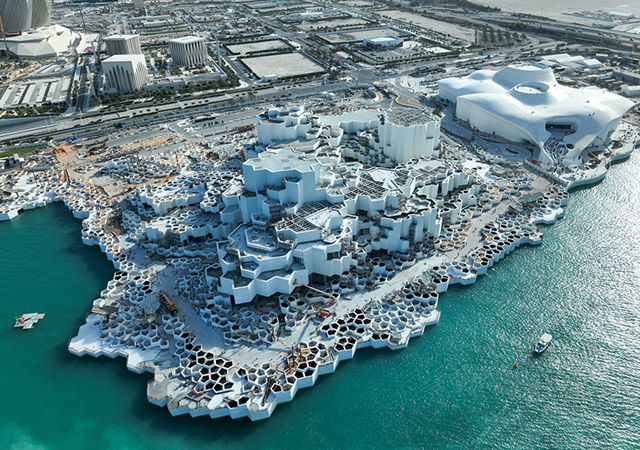
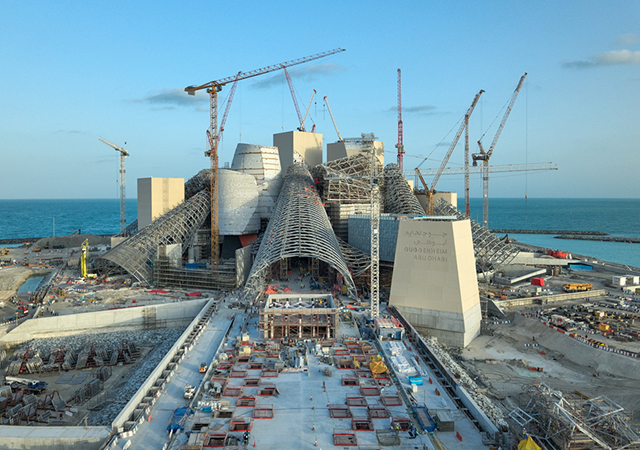
.jpg)
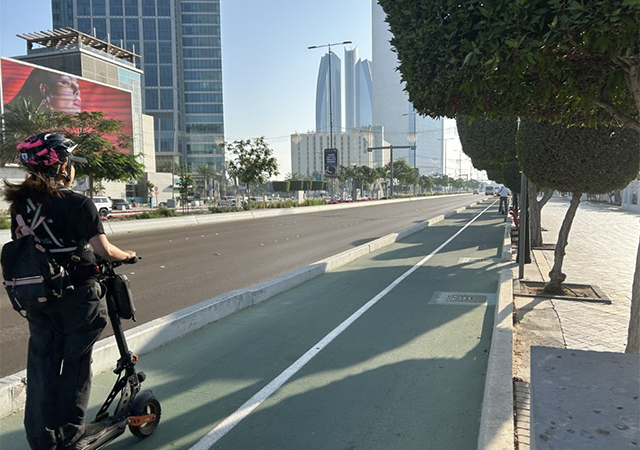
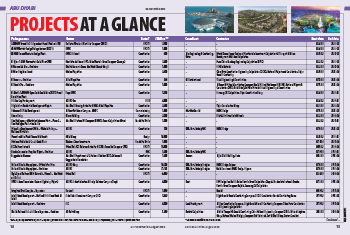
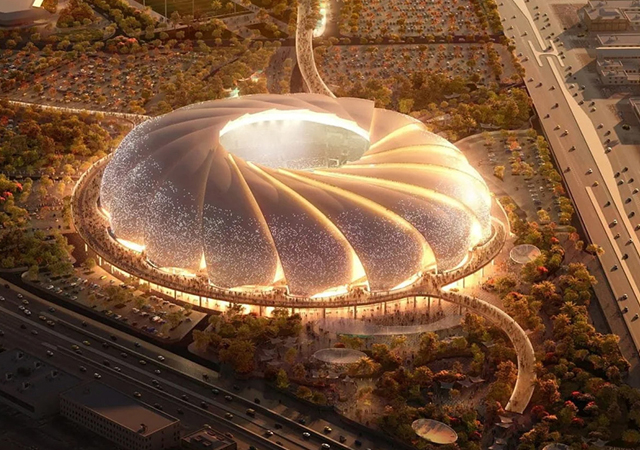
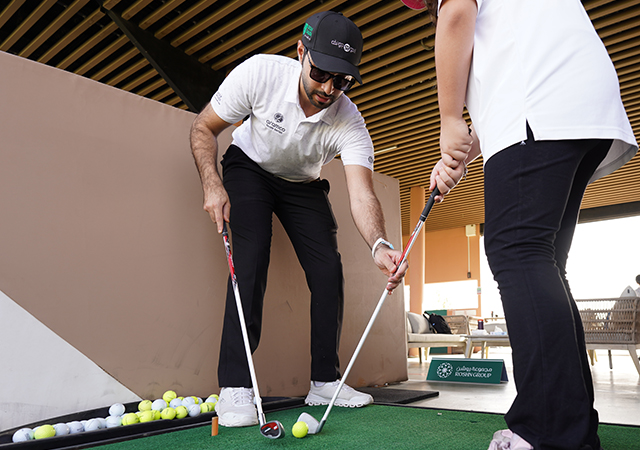

.jpg)
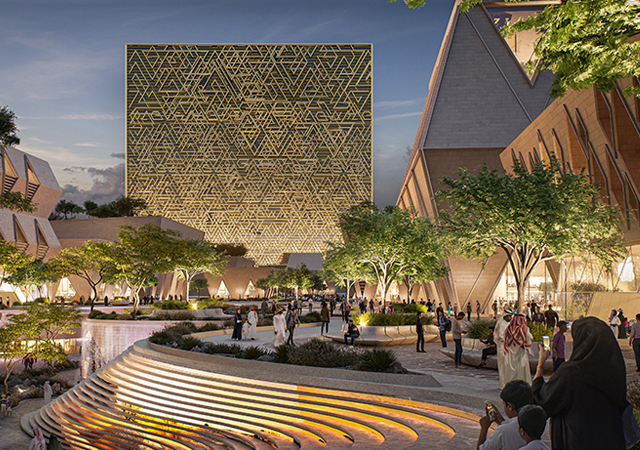
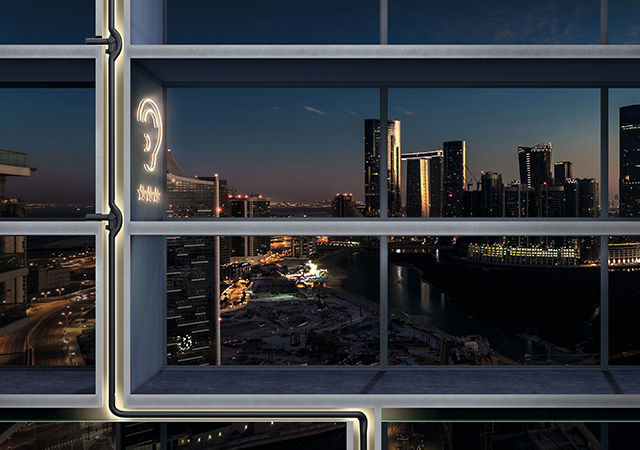

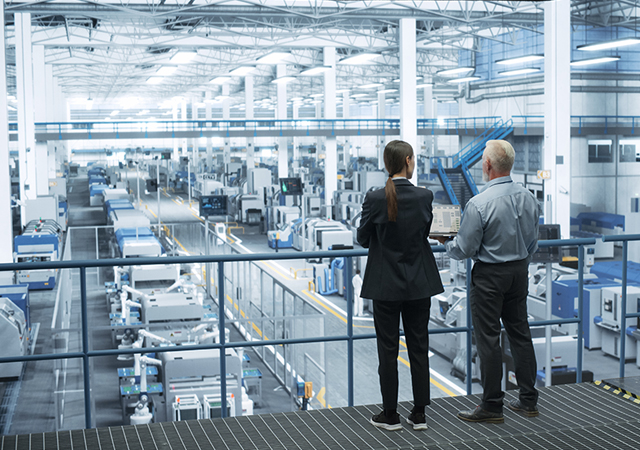
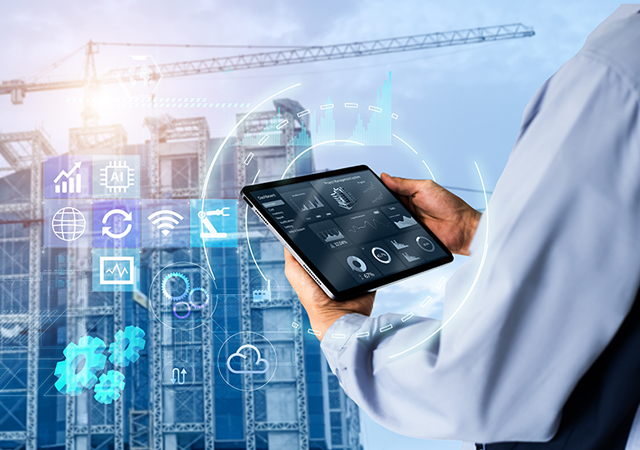
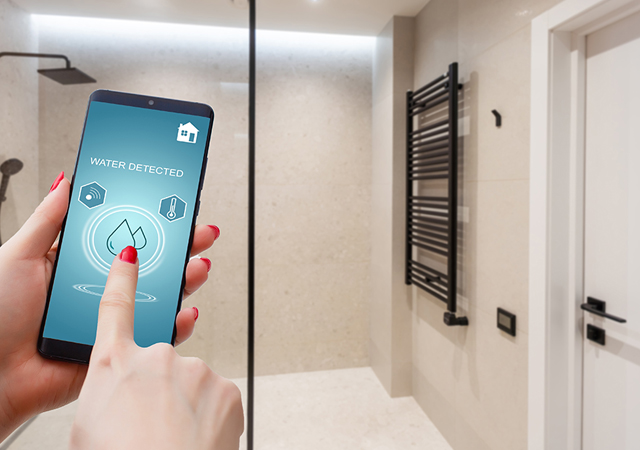

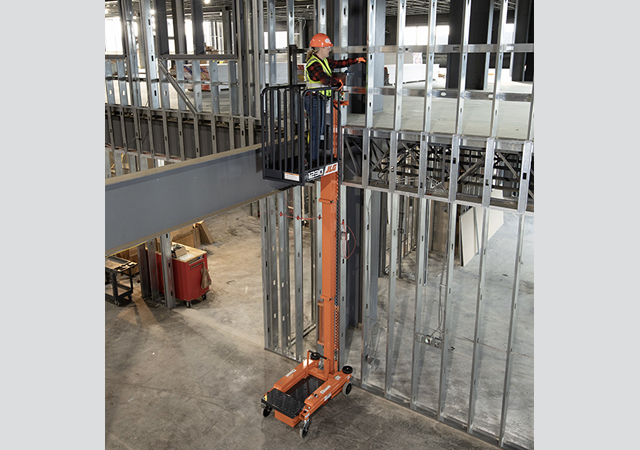
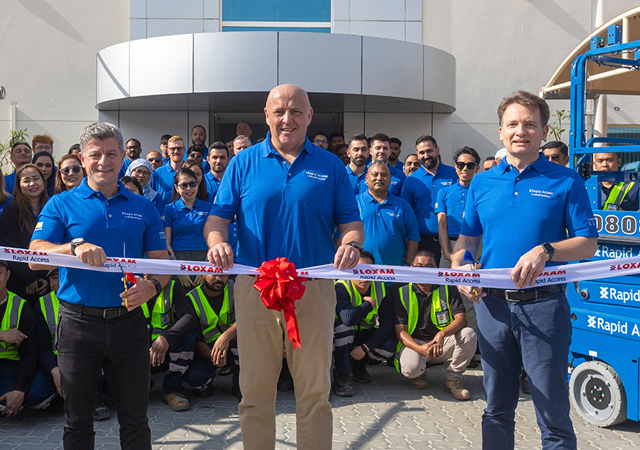
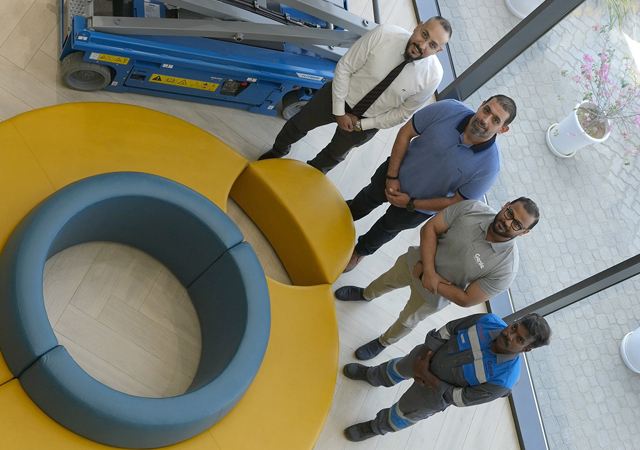

Doka (2).jpg)
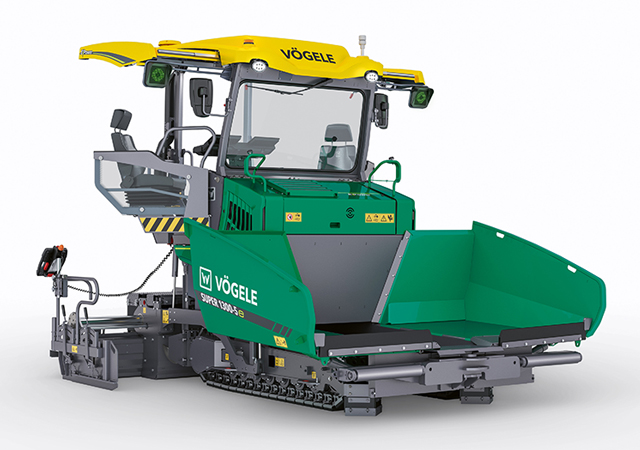
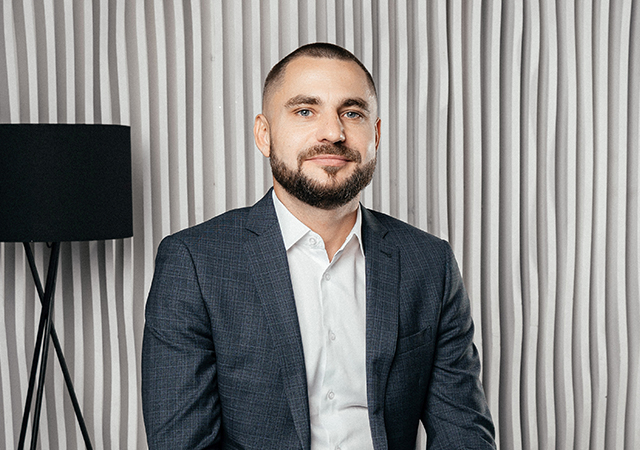
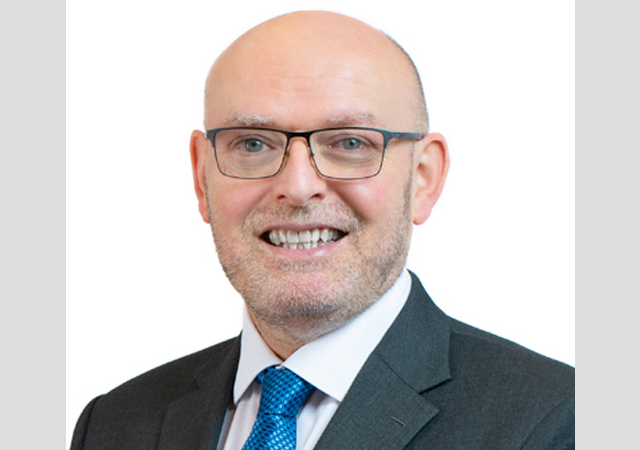
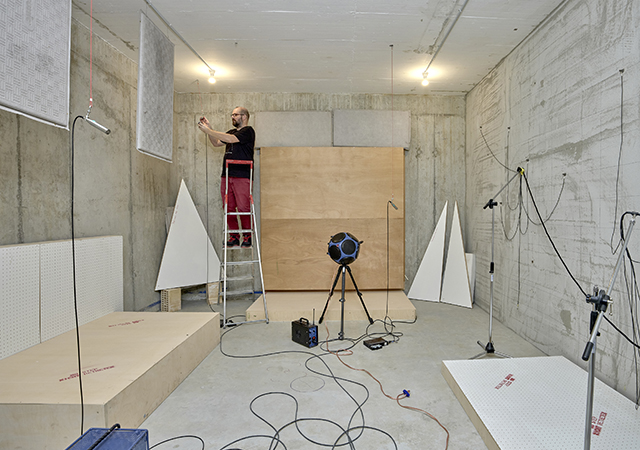

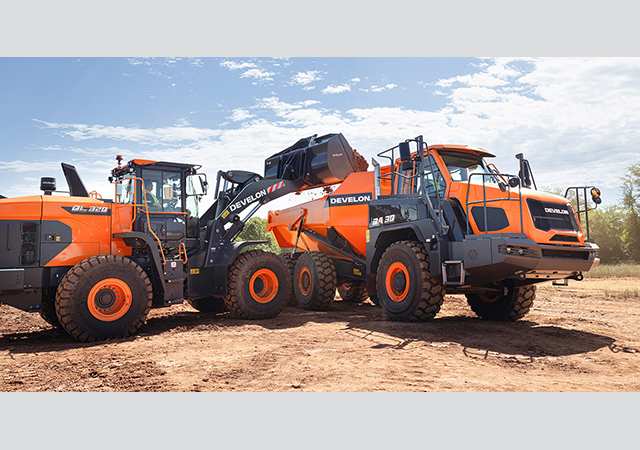
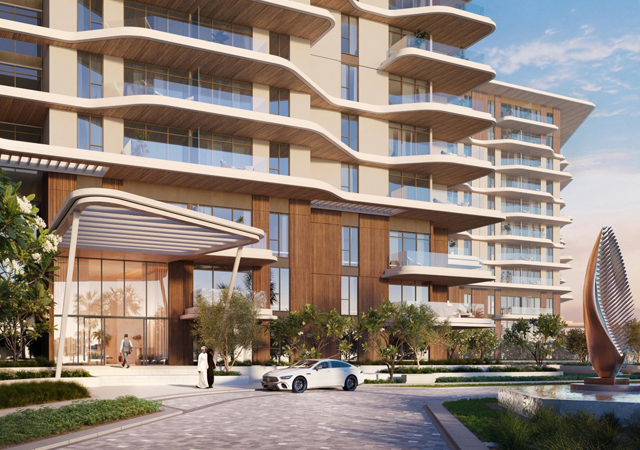



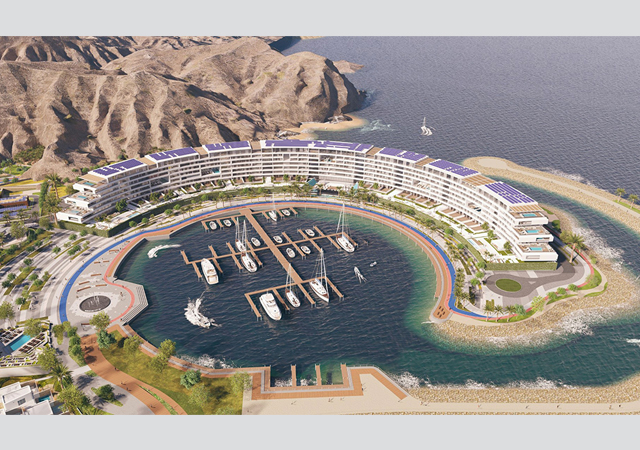
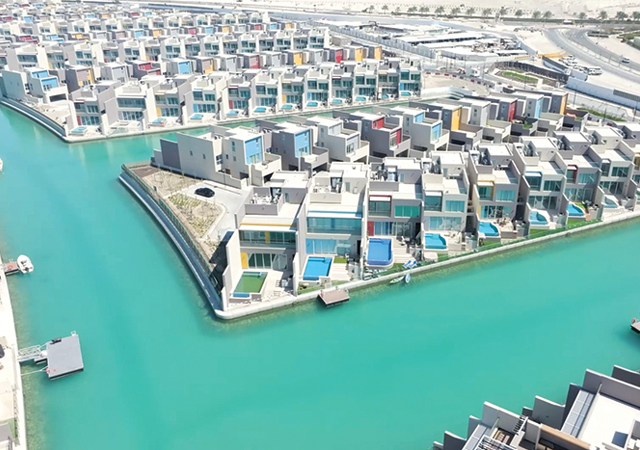

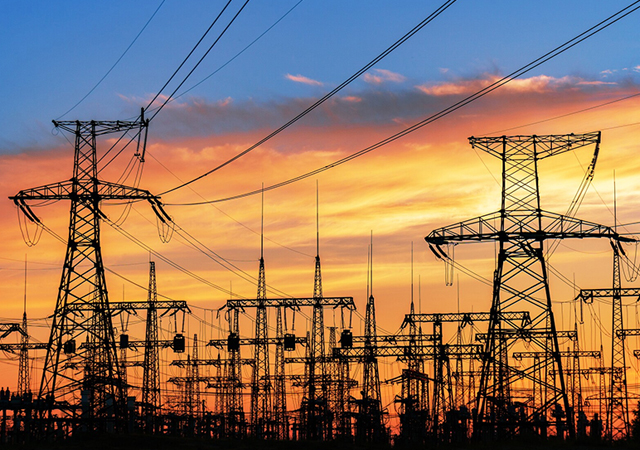
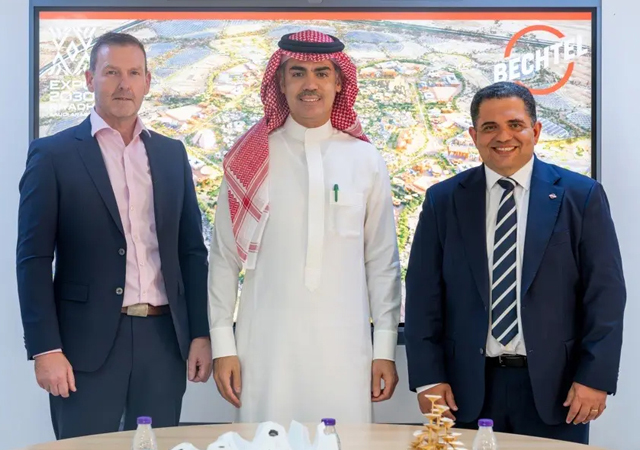
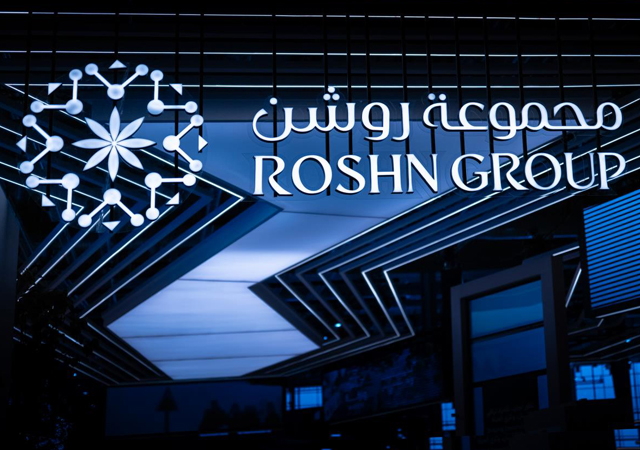
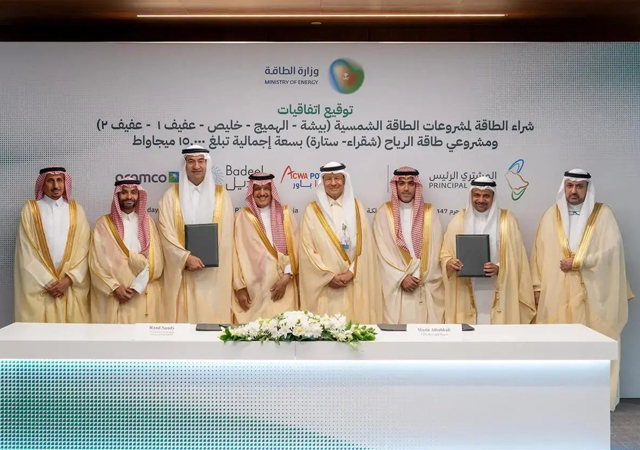
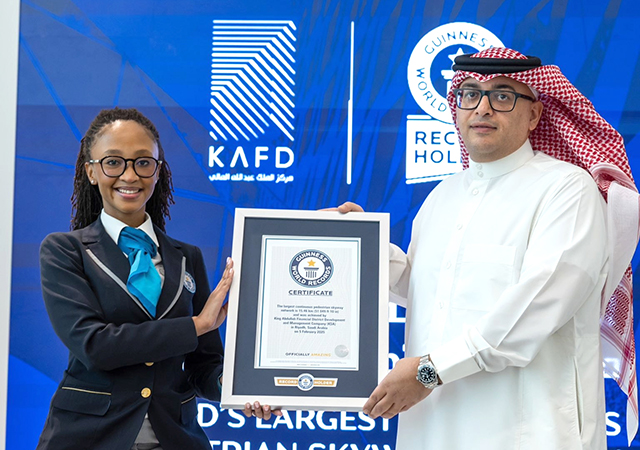
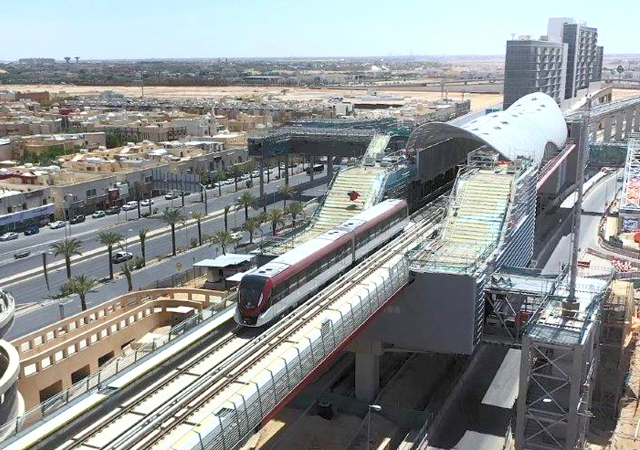
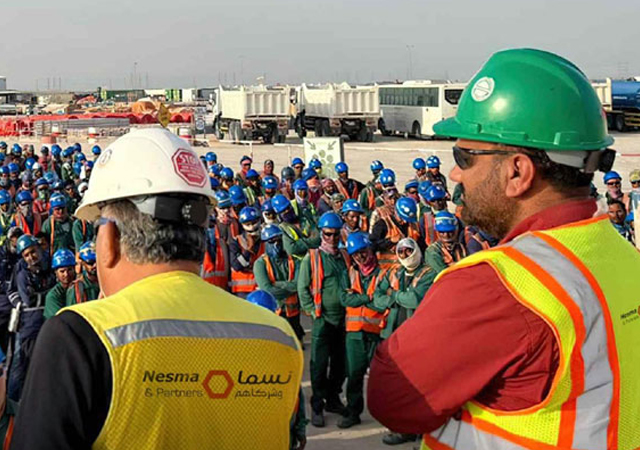
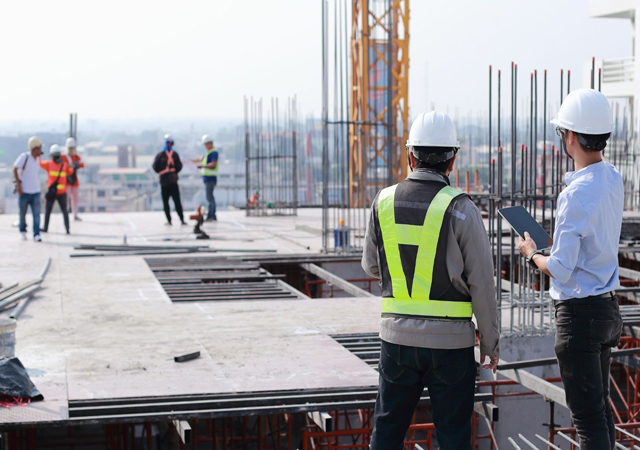

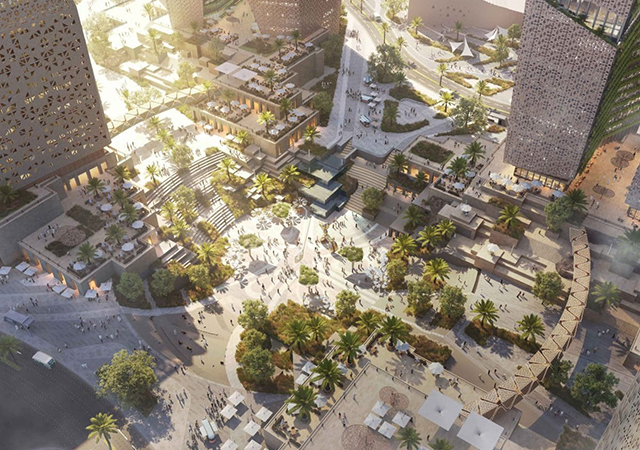
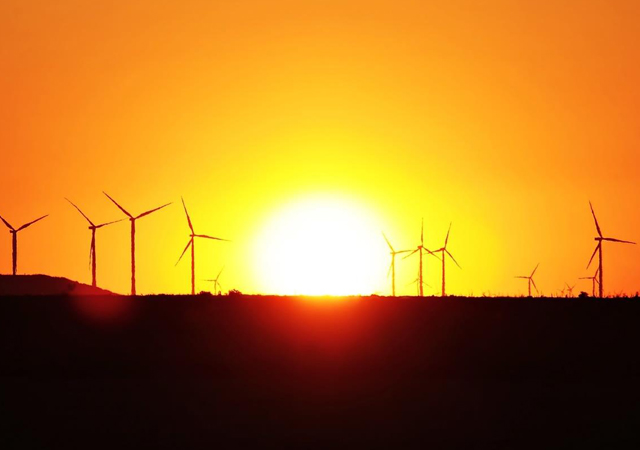
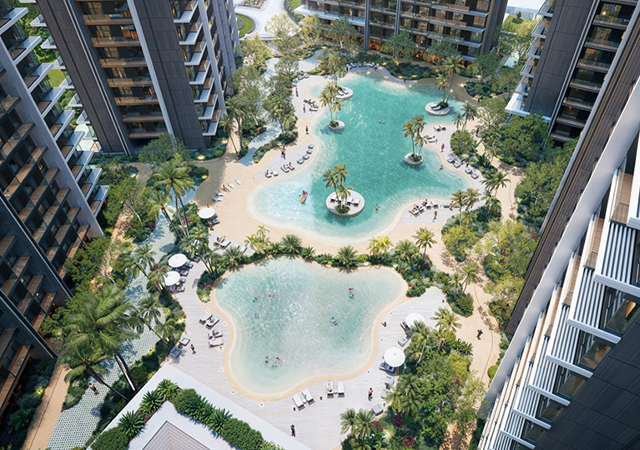
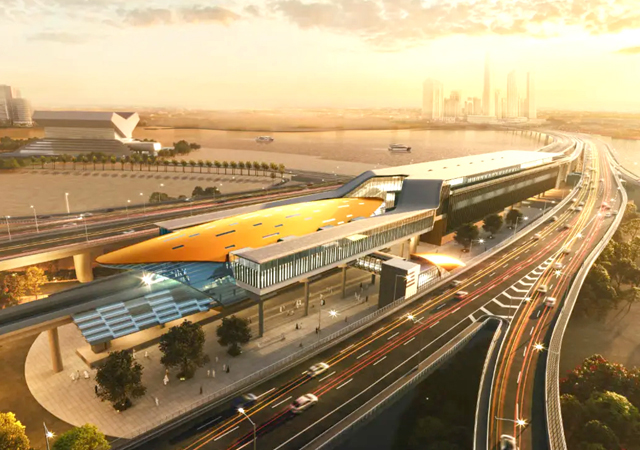
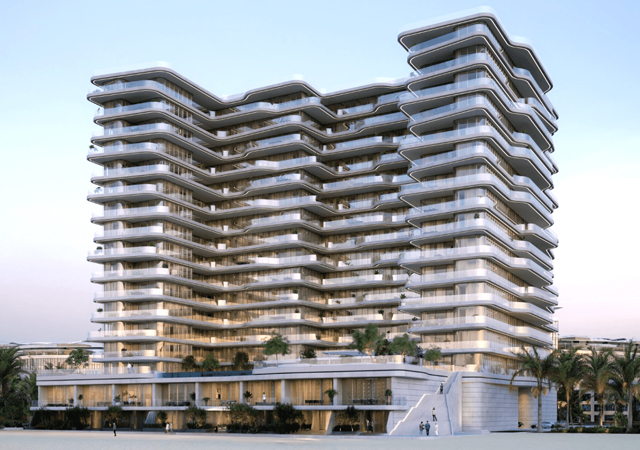
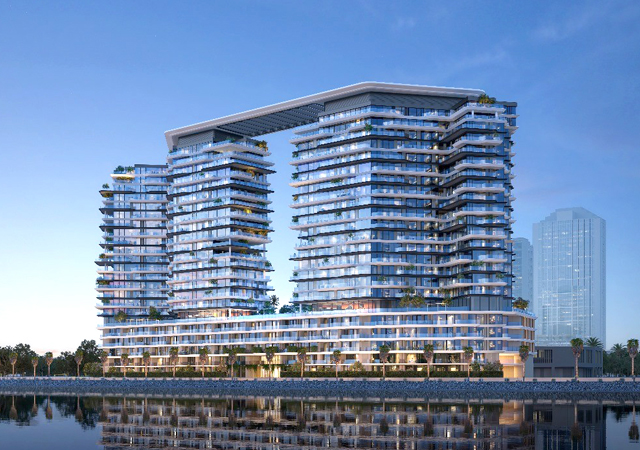
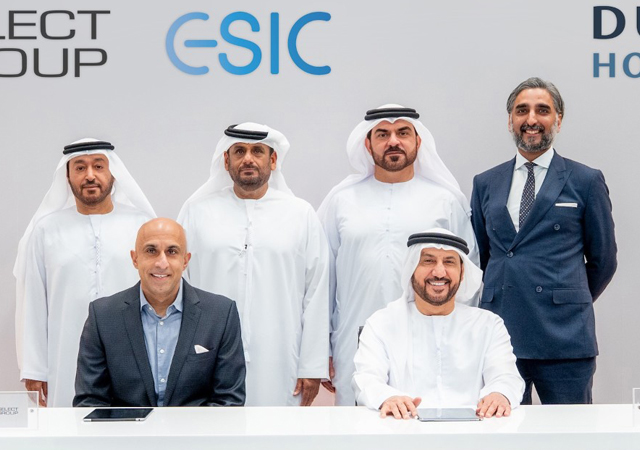
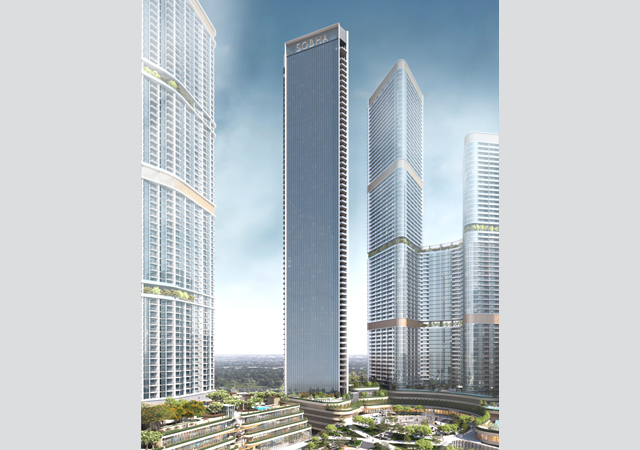
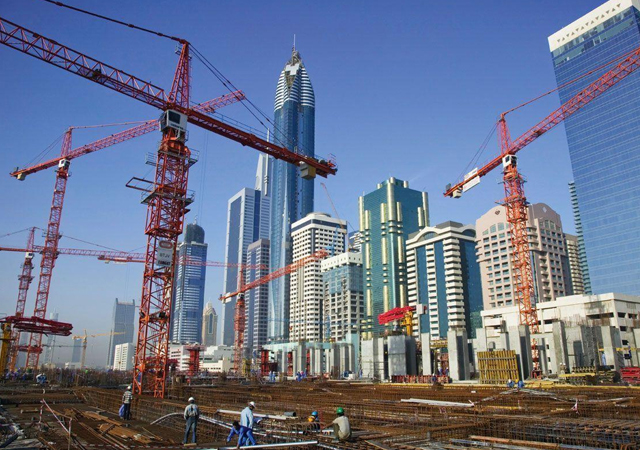
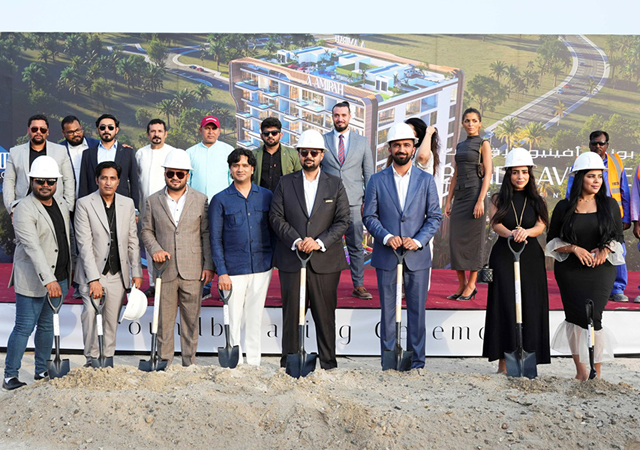
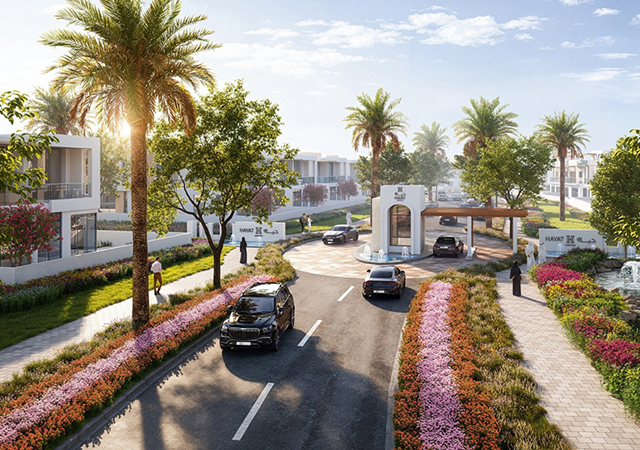
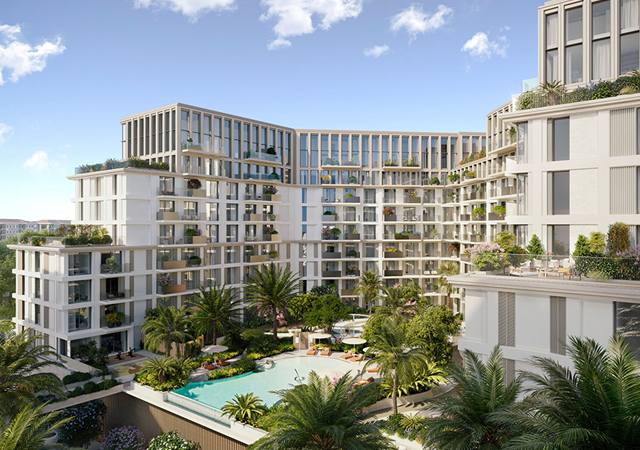

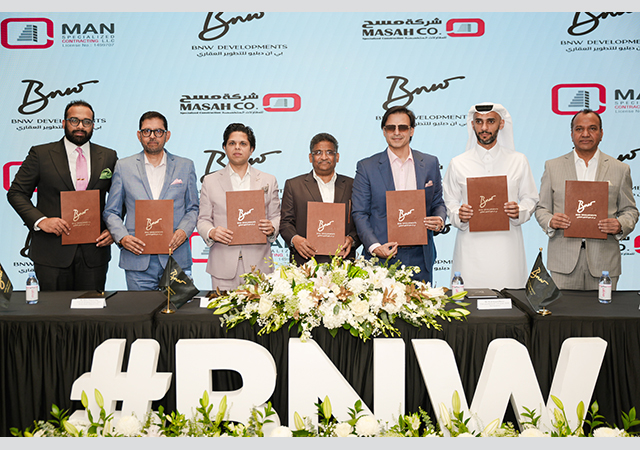

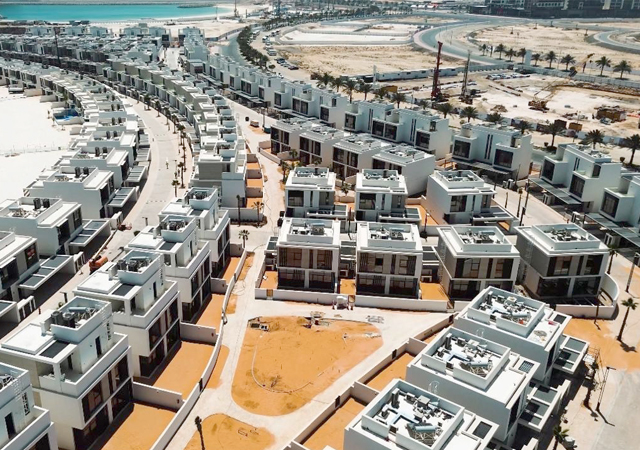
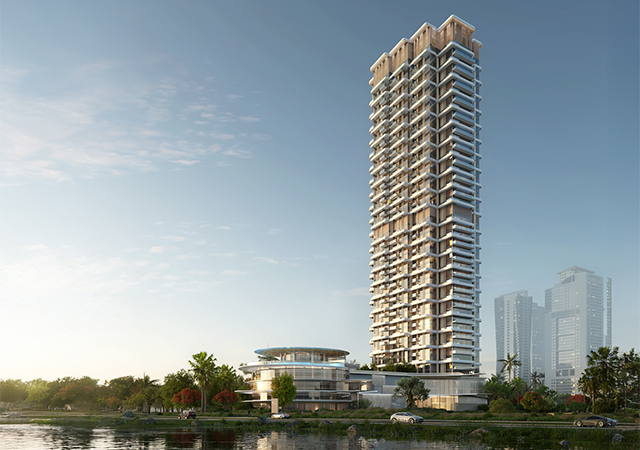
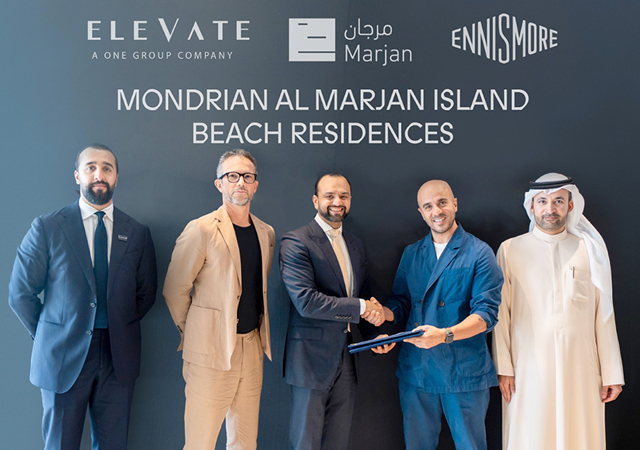
.jpg)
.jpg)
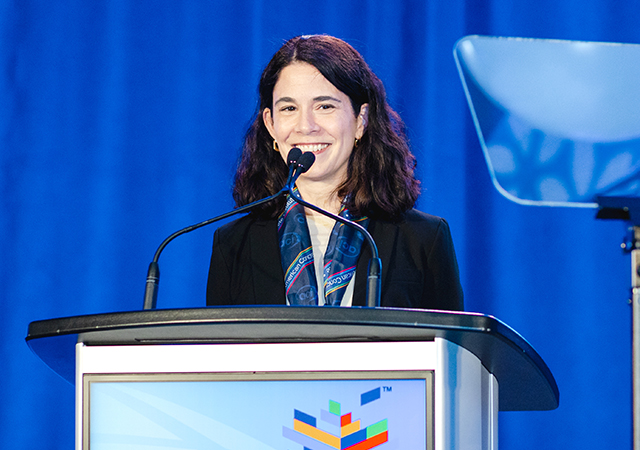
.jpg)
